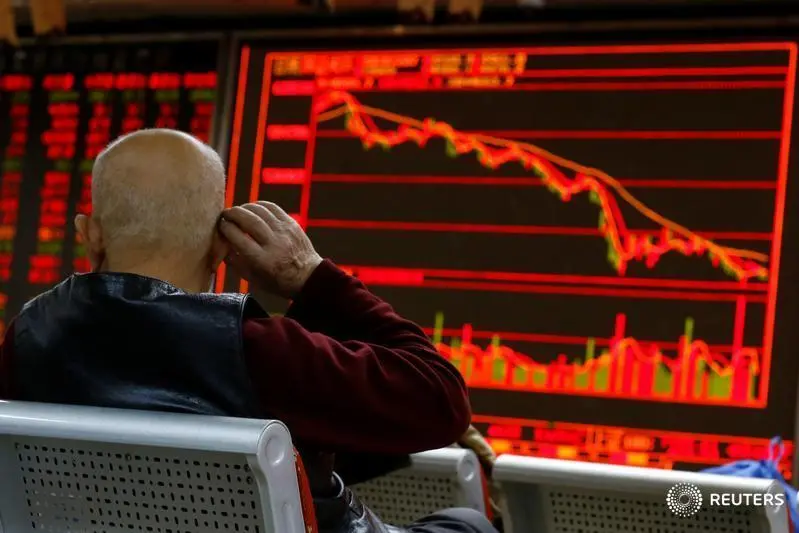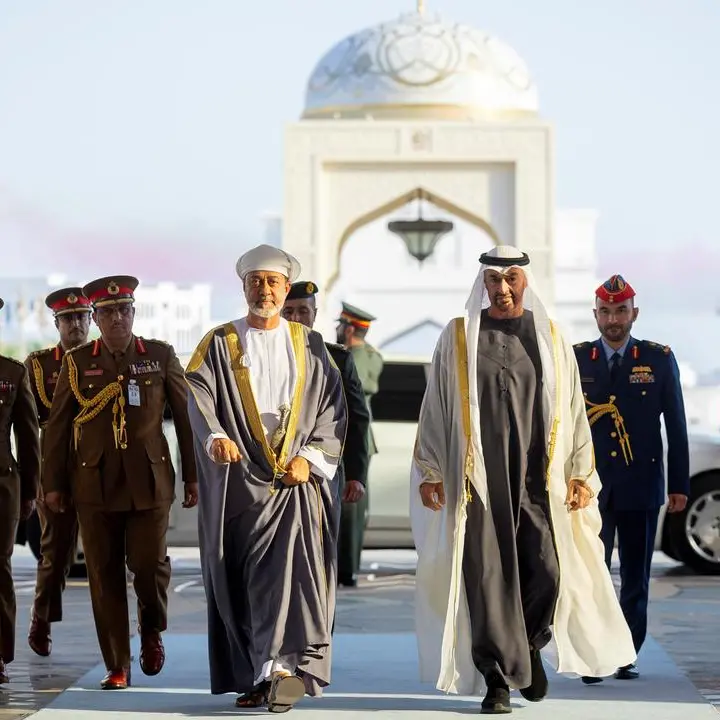PHOTO
The world can only watch as its two largest economies exchange blows in a spiraling back-and-forth that is already threatening the global economy. When American and Chinese trade officials meet next month in Washington, many people will be looking for guidance on what Beijing and Washington plan to do going into the year’s final quarter.
The Trump administration threatened last week to raise duties from Oct. 1 on $550 billion worth of Chinese goods. This was in response to retaliatory tariffs by Beijing on $75 billion worth of American goods, but also indicative of growing frustration in the White House. Without a breakthrough, this tariff war will probably extend to all trade between the two, making a global downturn inevitable.
The IMF has cautioned that further escalation will affect the business climate, financial markets and more importantly, global supply chains. The tariff war is worrisome but there are other troubling developments too, from sluggish growth in wealthy economies to tepid financial markets, potential fallout from a hard Brexit, Iran, Venezuela and even climate change. It is likely that the global economy will miss projected growth expectations this year.
What does all this mean for the Middle East and North Africa?
President Trump’s rhetoric and Beijing’s terse messaging may seem far-off developments with little to no lasting impact here. However, if China and the US fail to reach agreement and escalate the tariff war, the MENA region will not be spared from the fallout. Trade with China is over $185 billion, making it the region’s largest trading partner. The US is second, at over $120 billion. So the two largest economic powers account for over $300 billion in trade with the Middle East covering a diverse array of goods and services. Trade is vital to the Middle East expanding its share of global GDP, currently just under 4.5 percent.
Should China and the US fail to settle matters, even on partial terms, the resulting global downturn will depress several MENA region economies, especially those that are dependent on oil and gas revenues. Oil prices are an effective barometer of global economic expectations. China is a net importer of oil and gas and the potential for slowed growth will translate to less demand for MENA’s chief export and a decline in overall oil prices, doubly affecting net petroleum exporters. Contractions in either economies will also depress other MENA exports to them that may not readily have alternative markets, and other economies will also experience a downturn if the US and Chinese economies contract.
Even more, such a contraction would also affect MENA financial markets when foreign investors pull funds from “riskier” portfolios. In the first six months of 2019, nearly $6 billion flowed into Saudi Arabia’s stock market, the largest in the region, and analysts project an additional $35 billion in the next year. Such capital inflows would be at risk in the event of a downturn, resulting in capital flight and illiquid markets.
A slowdown of the world’s economy would also affect remittances. Last year, remittances to MENA were $62 billion, but will grow only slightly in 2019 because of sluggish eurozone growth — and that is without a collapse in the world economy.
Fortunately, there is a silver lining in US-China trade tensions that may even benefit the MENA region, particularly the GCC and some North African economies. Trump has ordered US companies to look for alternatives to China, which, setting aside the obvious pitfalls, does present an opportunity for US manufacturing to move to regions with low-cost labor pools such as southeast Asia, Latin America and parts of MENA.
Google, for example, moved production of its Pixel smartphone from China to Vietnam, and GoPro is considering a move to Mexico. Apple may move up to 30 percent of iPhone production out of China, joining Dell, HP, Panasonic and the construction/mining equipment manufacturer, Komatsu. Several footwear and clothing manufacturers have either moved out of China or are considering their options.
Optimistic assessments of developments in the tariff war are poor guideposts for policy-making because developments change as fast as the US president can tweet. At best, MENA countries can prepare for at least two possible outcomes. China and the US could agree to partial settlements that would merely result in a withdrawal of tariffs, but that would spare the world a needless downturn and restore financial and business sentiment.
Alternatively, they could fail to reach agreement and the trade war spill over into other theaters. This could lead to an exodus of US companies from China and retaliatory measures from Beijing, including dumping US debt.
It is crucial that MENA policymakers settle on policy positions or prepare measures that can be activated if trade tensions push the global economy over the edge. The fallout from the 2008 financial crisis is as good a blueprint as any for what steps MENA governments should consider to minimize losses from a global crunch caused by the US-China tariff war. Wealthier nations can sacrifice growth for stability but that requires meticulous planning and preparation. Other countries may not escape the fallout unscathed. However, it would be wise to examine the viability of alternative markets and prepare an arsenal of expansionary tools targeting critical sectors in order to avoid skyrocketing unemployment and fomenting public unrest.
The key is to act, not react.
- Hafed Al-Ghwell is a non-resident senior fellow with the Foreign Policy Institute at the John Hopkins University School of Advanced International Studies. He is also senior adviser at the international economic consultancy Maxwell Stamp and at the geopolitical risk advisory firm Oxford Analytica, a member of the Strategic Advisory Solutions International Group in Washington DC and a former adviser to the board of the World Bank Group. Twitter: @HafedAlGhwell
Copyright: Arab News © 2019 All rights reserved. Provided by SyndiGate Media Inc. (Syndigate.info).












